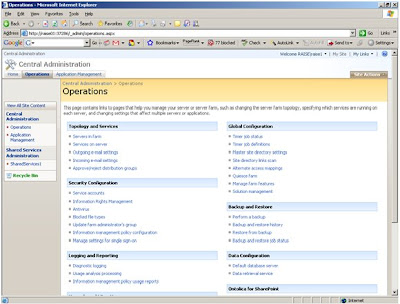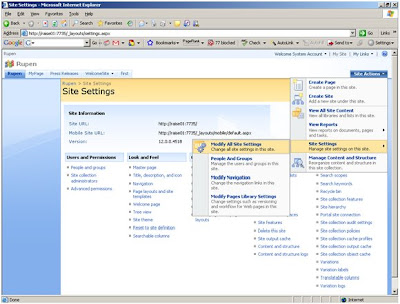ActiveState and Bryght have helped Vancouver establish its reputation as an open-source software development centre.
Vancouver’s growing love affair with open source software (OSS) development is being manifested in a growing community of startups, scores of blogs and monthly events.
The city, which has played a prominent role in the OSS movement, is home to ActiveState and Bryght, the former being one of the first commercial OSS developers; the latter being the first company to use Drupal – a popular OSS – as its sole product development platform.
ActiveState was acquired for US$23 million in 2003 by U.K.-based Sophos, which then sold the company in 2006 for US$2.25 million to Vancouver’s Pender Financial Group Corp. (TSX-V: PDF).
Bryght was founded by Boris Mann, a leading OSS advocate who sold the company to Vancouver’s Raincity Studios last November.
OSS is free, and users don’t need to have programming savvy to develop websites, blogs or web applications.
As well, anyone can manipulate and change OSS and then distribute those changes without fear of licence infringement.
That freedom has allowed OSS users to develop software in step with the ever-changing Internet.
“Sharing those changes freely is what makes the whole thing grow,” said Mann who, after selling Bryght, co-founded Vancouver’s Bootup Labs, an incubator to help web startups develop and raise early stage financing.
According to Gartner Research, 90% of commercial software will, by 2012, contain significant amounts of open source code.
“[Drupal] started out as nothing more than a content management system, [and] evolved from there as more people started using it to become a really flexible system,” said Mann.
Mann started a wiki page to compile a list of Drupal-powered websites of B.C.-based organizations, governments, startups, consulting firms, independent consultants and schools.
At press time, the list had reached 50 websites, including citizen journalism site NowPublic.com, Vancity’s changeeverything.ca and the websites of the Asia Pacific Foundation of Canada and the Georgia Straight.
Mann doesn’t use Microsoft Corp.’s SharePoint or EMC Corp.’s Documentum – two of the leading proprietary, pay-for-use content management platforms.
“With a lot of content management systems, people used to pay millions of dollars for [them],” said Mann, “and in some cases [people] still get suckered into paying that.”
Along with Drupal, the most widely used OSS platforms are Joomla and WordPress, each with its own strengths and weaknesses.
According to OSS users, the three platforms combined have enough power to compete – if not outperform – proprietary platforms offered by Microsoft and the other big web developers.
“The reality is that if you have Drupal, Joomla and WordPress, you can solve most problems nowadays,” said Rastin Mehr, founder of Rastin Mehr Design Studio Inc. & Associates, a Yaletown-based web application development firm.
“An average small business can now afford to use more advanced technology than some corporations.”
His company was founded on the Joomla platform and is developing a custom OSS platform for content management and for building web-based social media.
“The Internet is becoming social,” said Mehr.
“Social anything goes hand in hand with open source.”
Mehr was an organizer of last June’s Vancouver Joomla! Day – one of many OSS user events that are held in Vancouver each year.
“For any healthy open-sourced project, you want to invest in growing the community around it,” said Mehr.
Mehr calls OOS events “unconferences,” because there’s no corporate involvement in organizing them.
“Open source is really the model of the village versus the pyramid – the pyramid being the corporation.”
Drupal and Joomla have developed the largest worldwide communities and, as a result, users debate which platform is superior.
Mehr said Drupal is ideal for publishers, webmasters and web designers with mid-level programming expertise, whereas Joomla serves inexperienced bloggers and software architects located at opposing ends of the expertise spectrum.
ActiveState released a report last July to debunk many of the “myths” surrounding OSS.
Source:- bivinteractive.com/



















